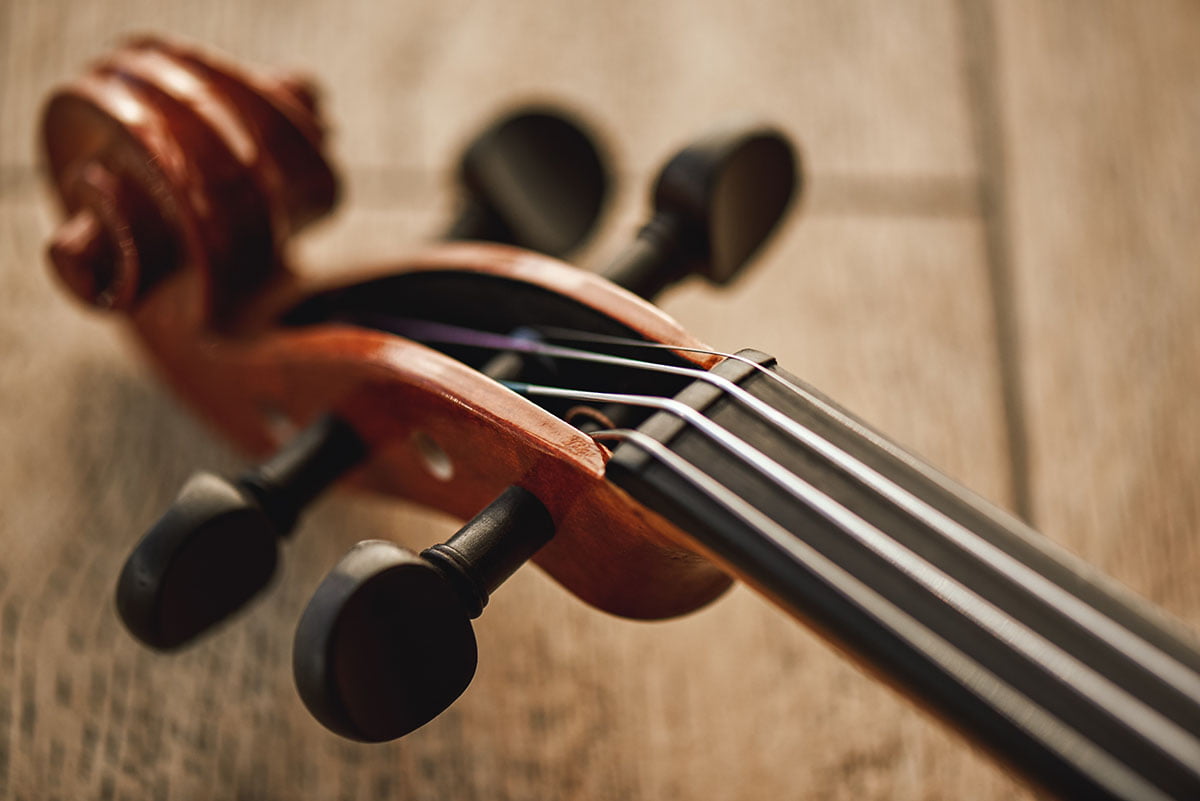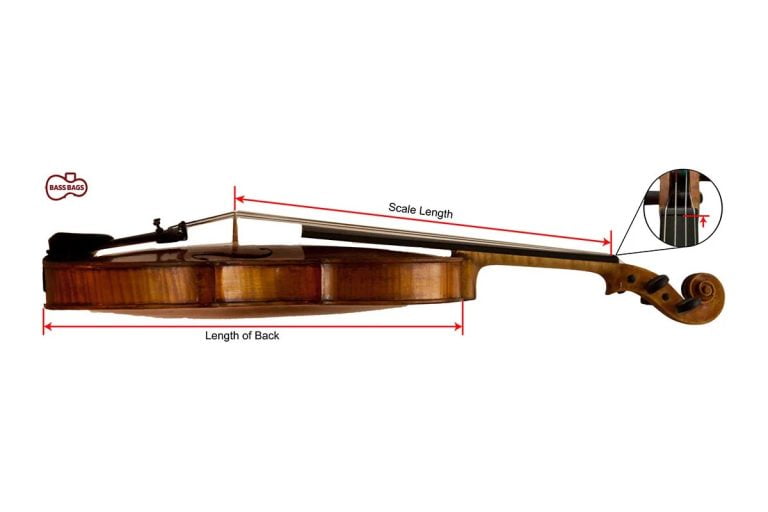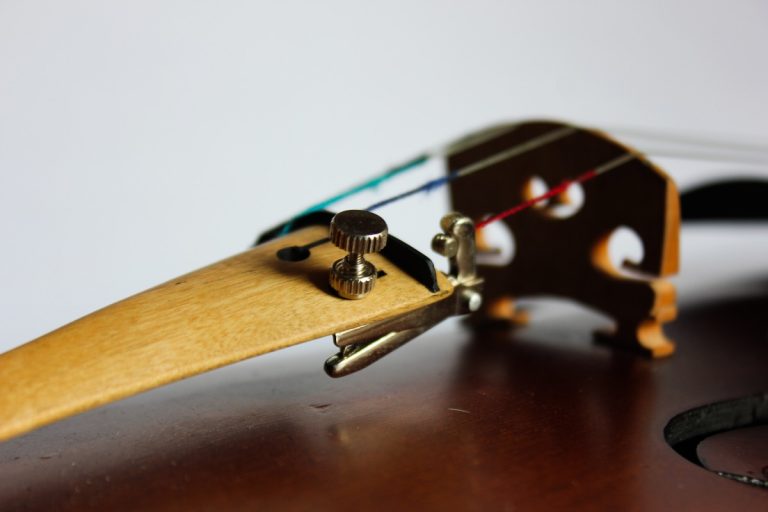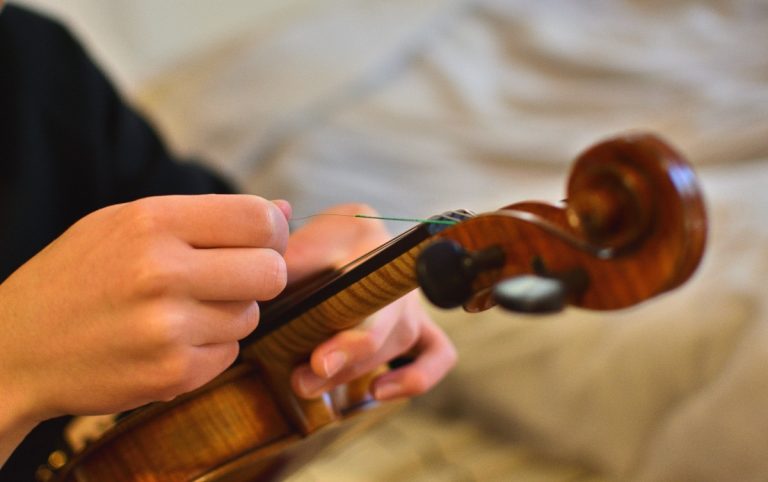Violin Strings FAQs – Everything You Wanted To Know
Introduction
We have compiled a list of frequently asked questions about Violin Strings. The questions are what we are most commonly asked by customers when they are looking to buy violin strings or are new to the Violin.
What are the four strings on a Violin?
Violins have four strings tuned E5, A4, D4, and G3, with the E being the highest pitch and the thinnest string. The intervals between the strings are perfect fifths. The A string is A4 (440hz) and is generally tuned first, then used as a reference for the other strings.
In relation to a Piano keyboard the Violin’s G is the one below the middle C on the Piano, and the D is the one above Middle C. We’ve provided a helpful diagram below.
What is the best type of Violin String?
There is no definitive, or one size fits all, best type of Violin String; your ideal choice will depend on various factors. These factors include player preference, playing style, and what will work well with the Violin. If you need help choosing, you can contact us, and we’ll gladly help you.
What size violin strings do I need?
The size of the string needs to match the size of the Violin. Some student violins may have their size printed on a label inside the Violin; look through the sound hole. You can also determine the size of the violin by measuring it. We have an Easy Guide to Measuring Your Violin’s Size article to help you with this.
Which Tension Violin Strings do I need?
The quick answer is Medium Tension. Most players, including beginners, will fit medium-tension strings to most violins. Some players may like to experiment with different tensions to achieve their goals. However, it is a trial and error exercise, and the results will depend significantly on the violin and the tensions of the other strings fitted to it.
Do Violin strings make a difference?
In short, yes. Replacing old strings with new ones will make a significant difference. We have an article, “How Often Should You Change Your Violin Strings“, worth reading for guidance.
Different types of Violin strings will also make a difference. For instance, you could upgrade the factory strings already fitted to your new student violin to something like Dominant or Pirastro Tonica and see a marked difference in sound.
What is the difference between Ball and Loop end violin strings?
Put simply, a ball end string has a ball that will fit into a tailpiece to secure it, and a loop end will have just a loop to attach it to an adjuster. Some strings have a removable ball end, meaning they can be used as either a ball or a loop end string. Generally, only E strings have the option of a loop end.
Should you loosen or detune your violin strings when not playing?
Definitely not; you’ll only have to retune it again. If you loosen them too much, the bridge might move or, worse, fall down all together. You will then risk your soundpost falling. Don’t detune your violin strings.
How long does it take to break in new violin strings?
Generally about a week. Although it does depend on how much they are played. The more they are played, the quicker they will break in or ‘play in’, as we would call it. New strings always have to settle and may sound different when first fitted. However, once settled, the strings should perform just as you remember the last ones when they were in peak condition.
Do I need string adjusters or fine tuners on my violin?
This greatly depends on the type of strings you have fitted, your preference and your ability. It’s quite a big subject, so we’ve written a whole article on Do I Need Fine Tuners On My Violin?





